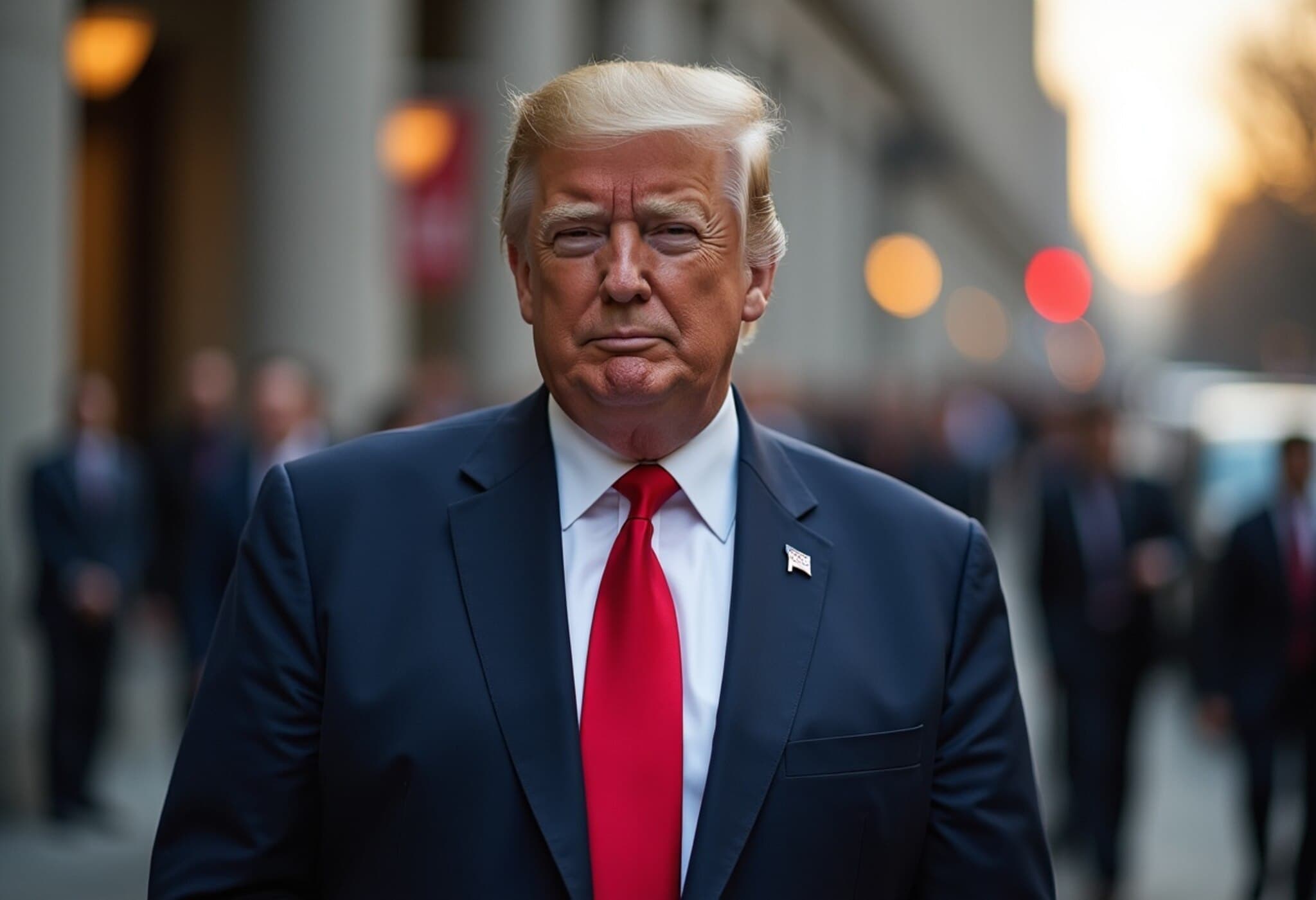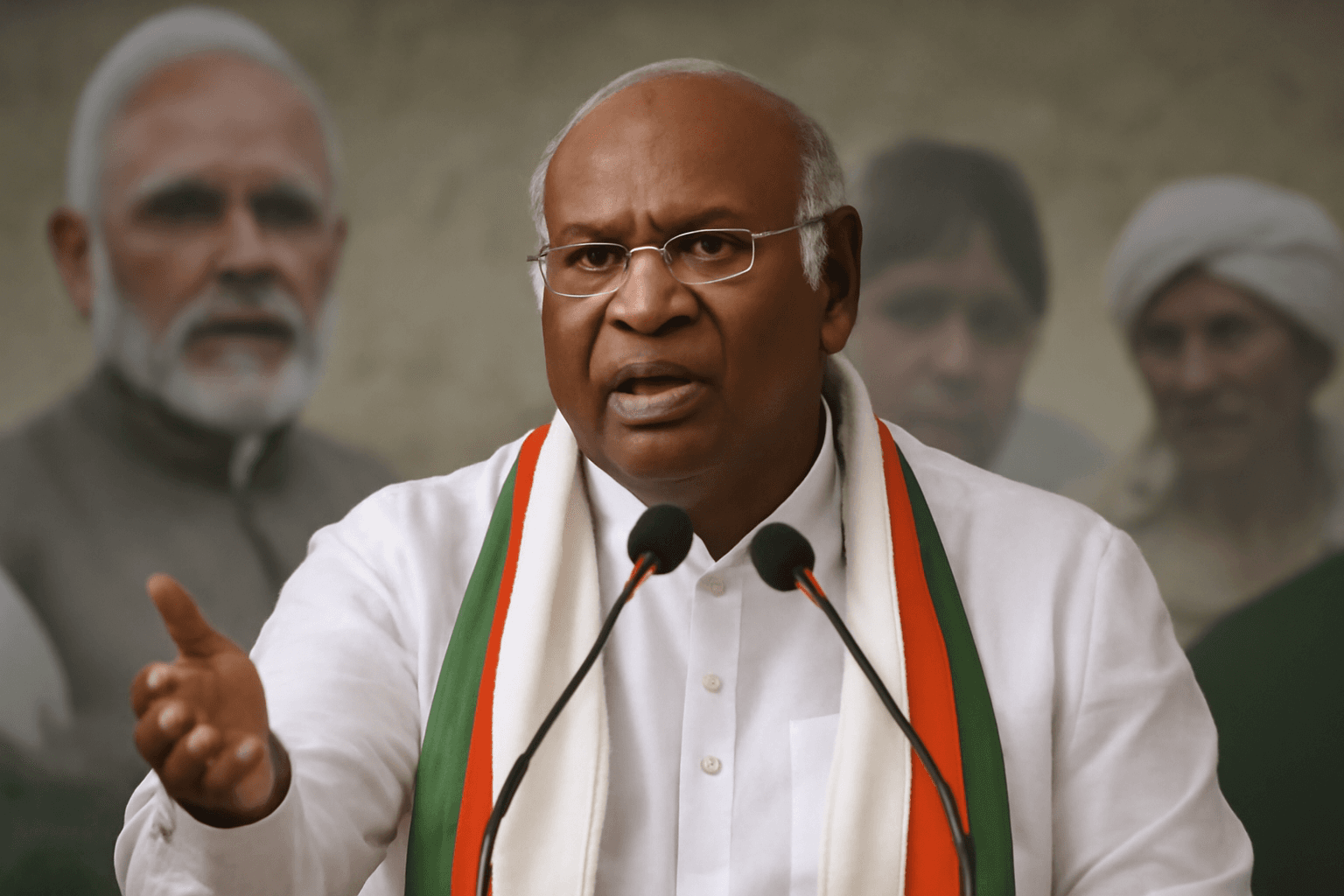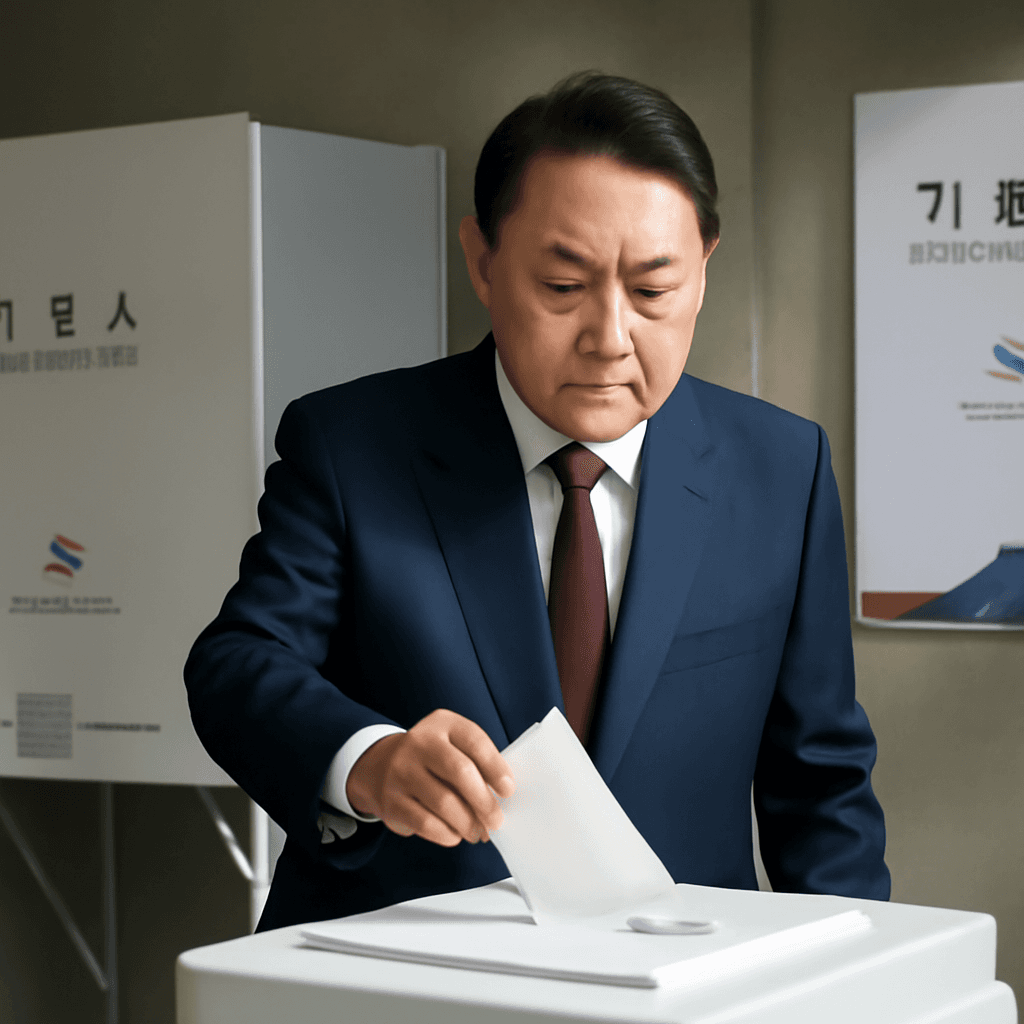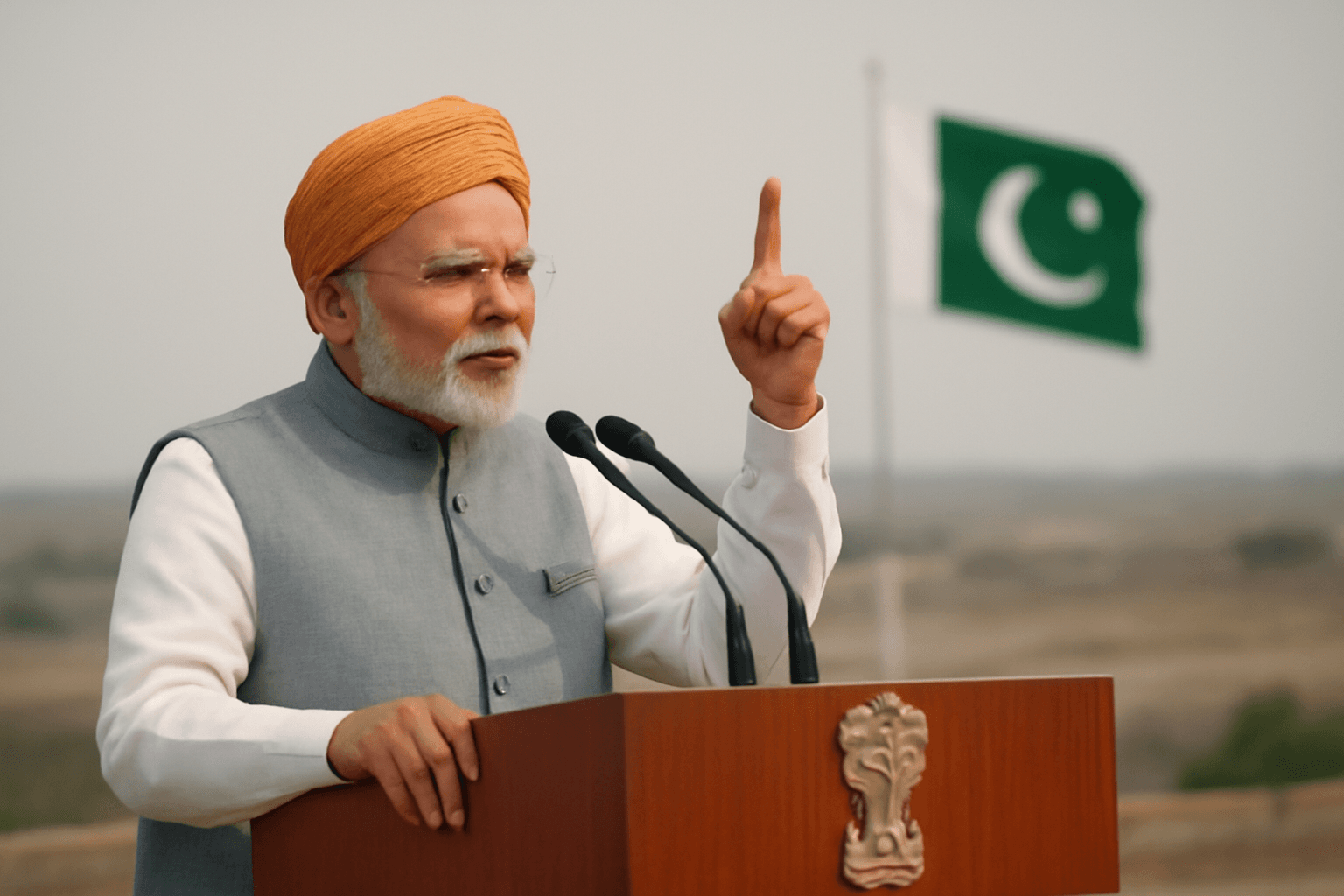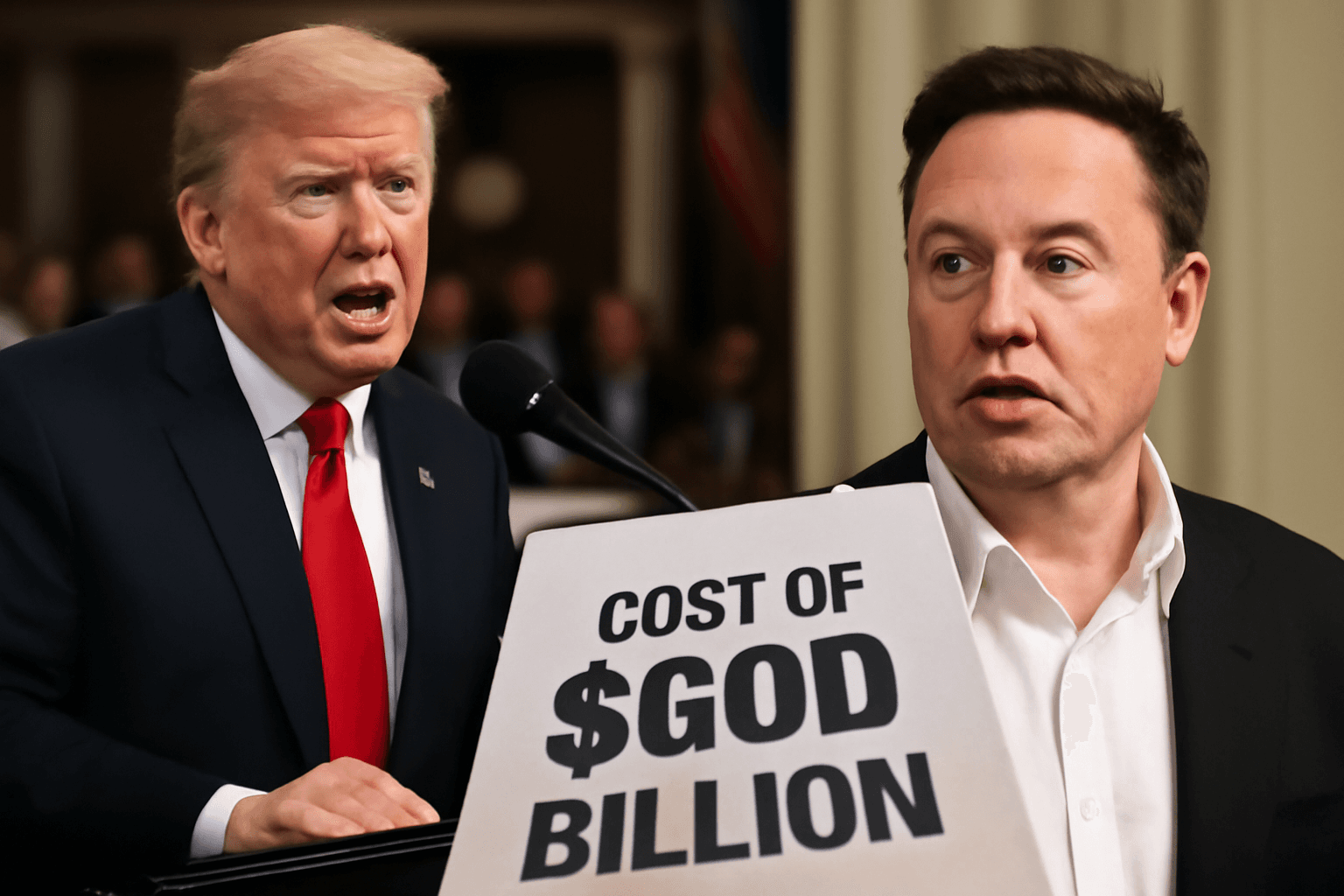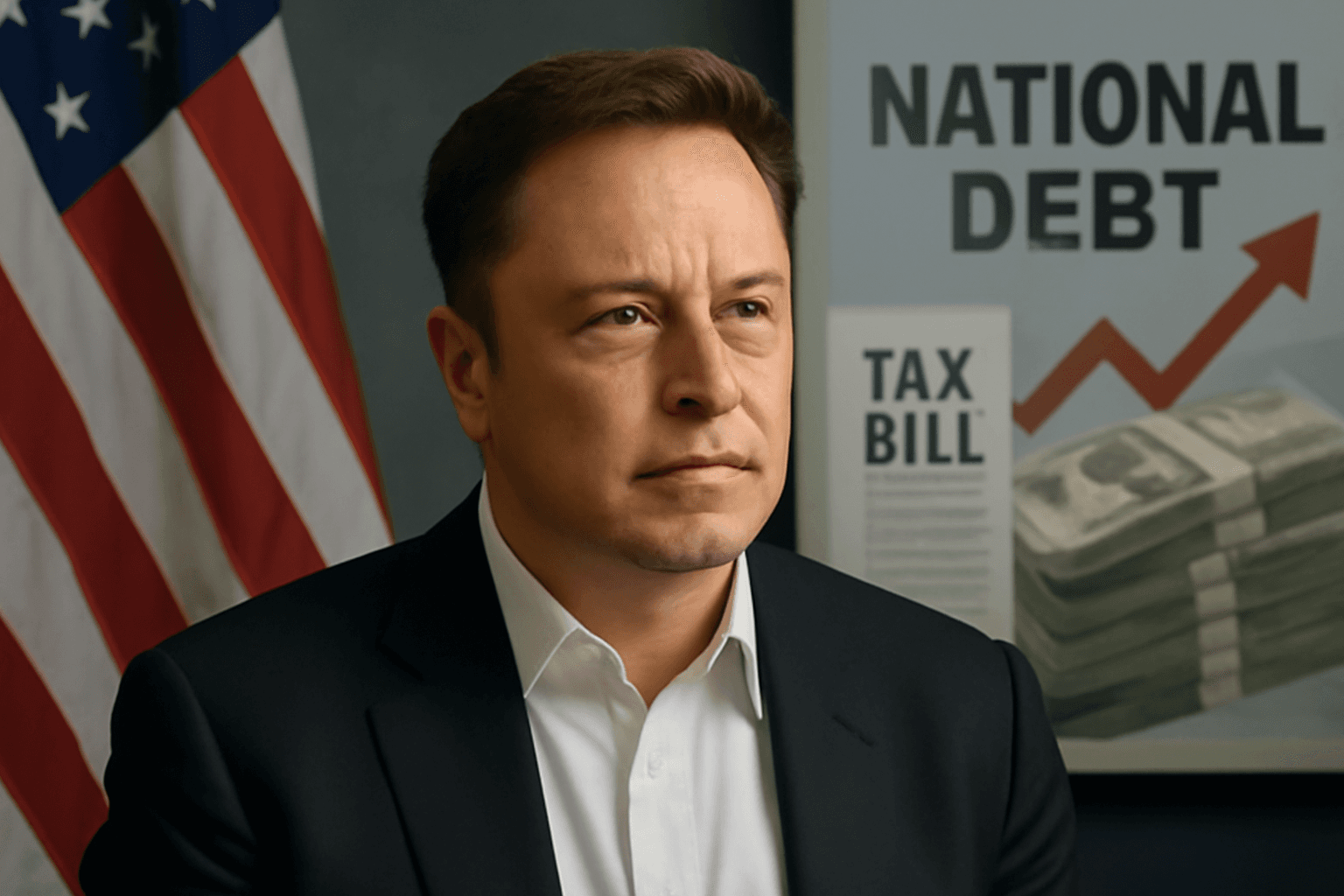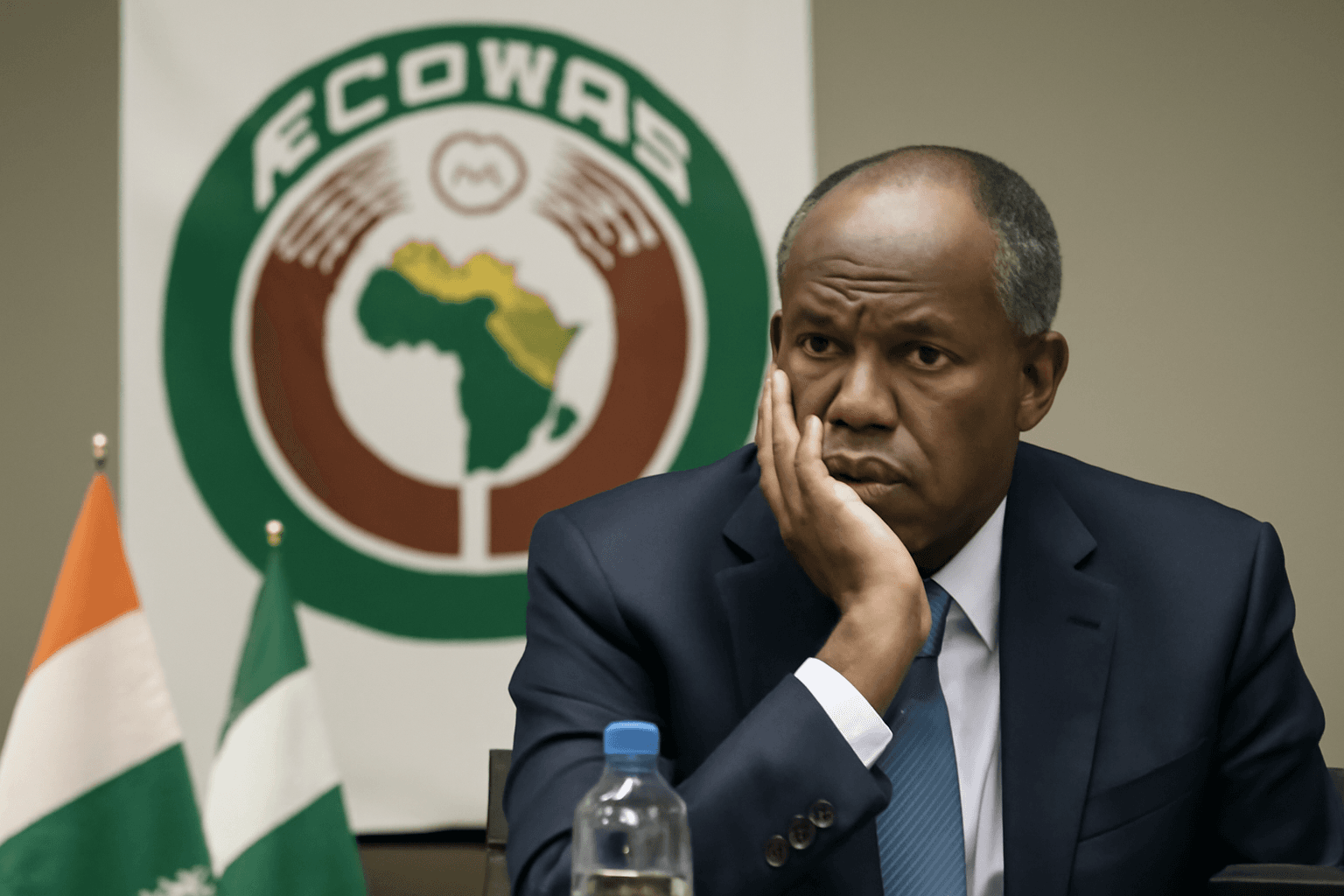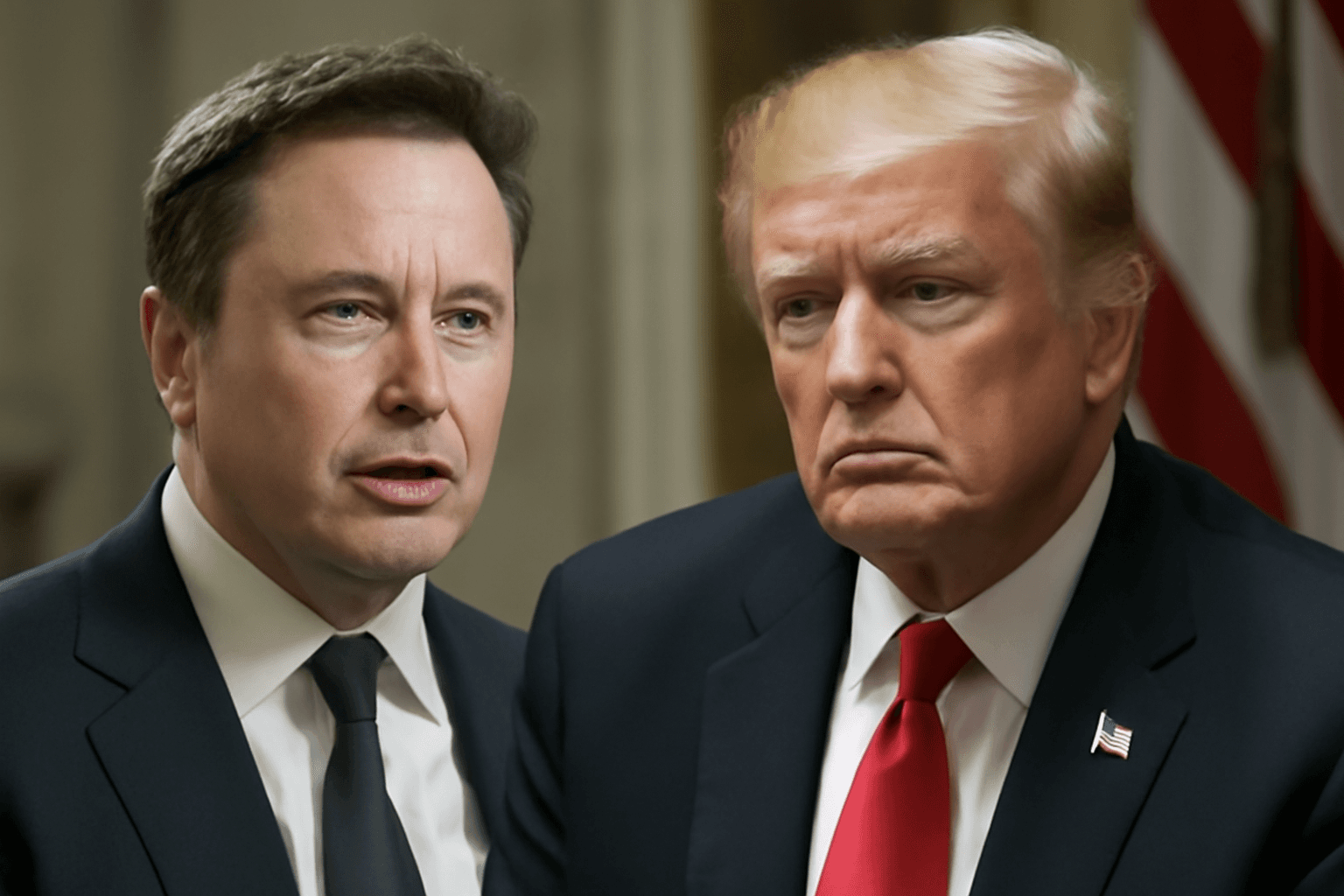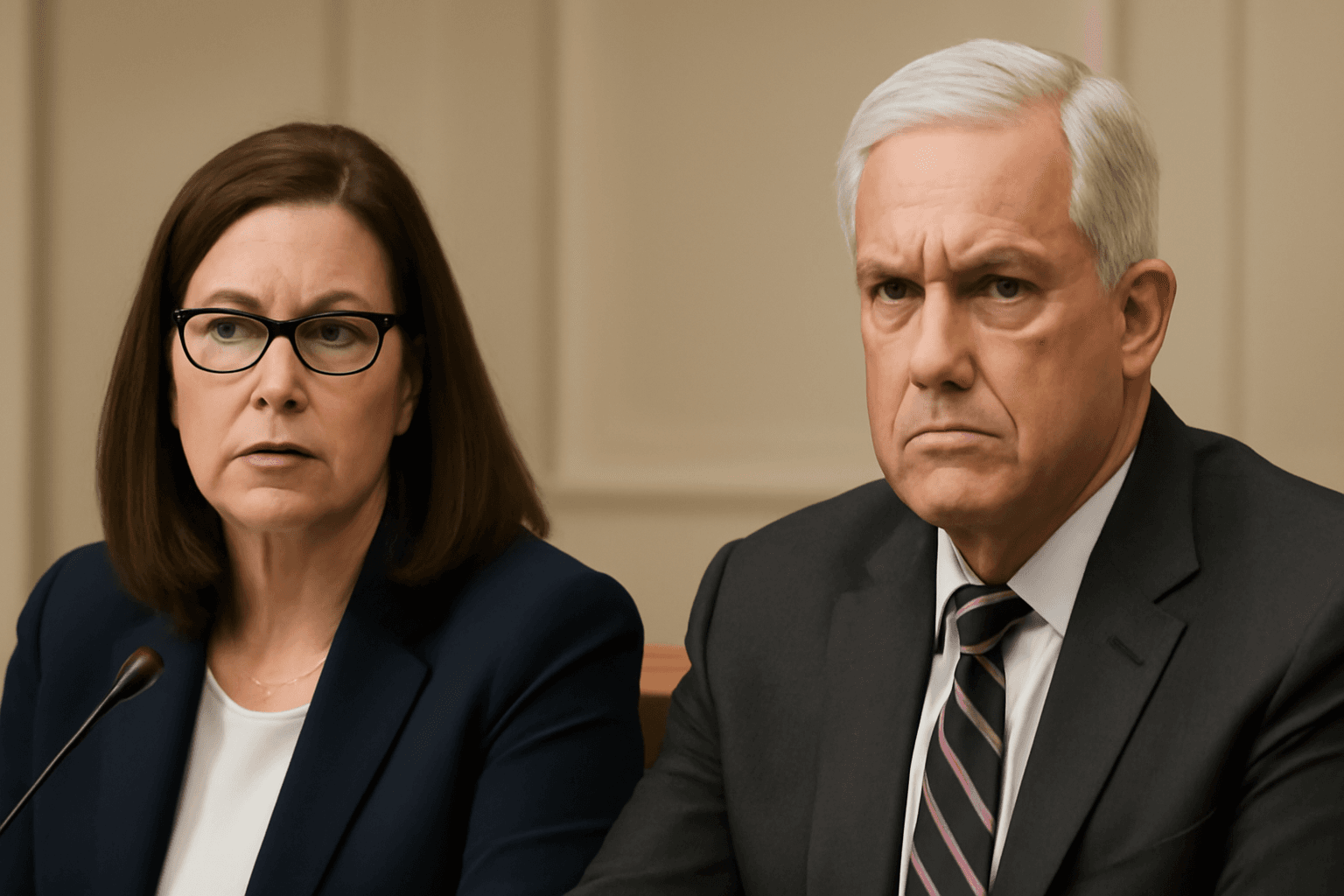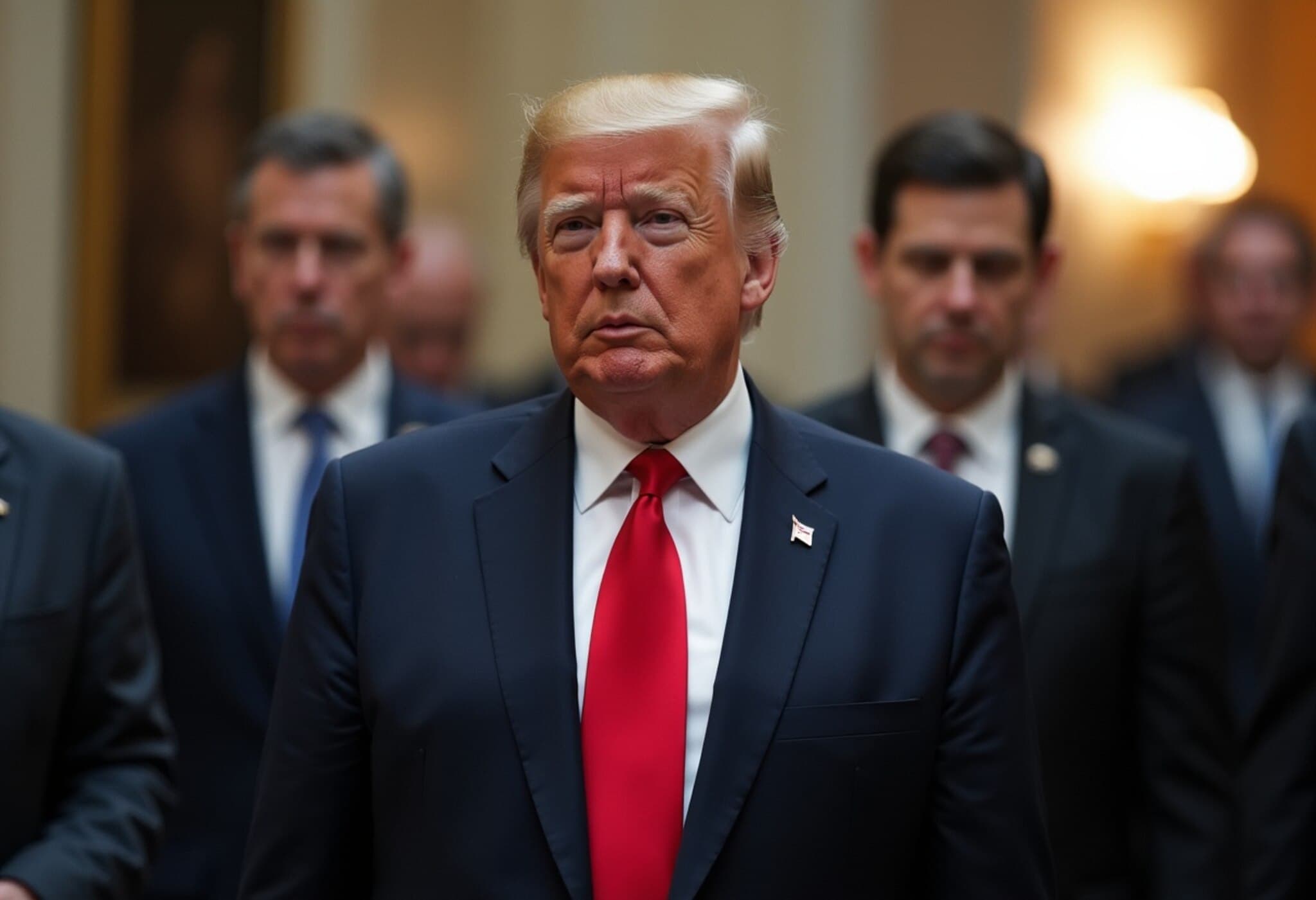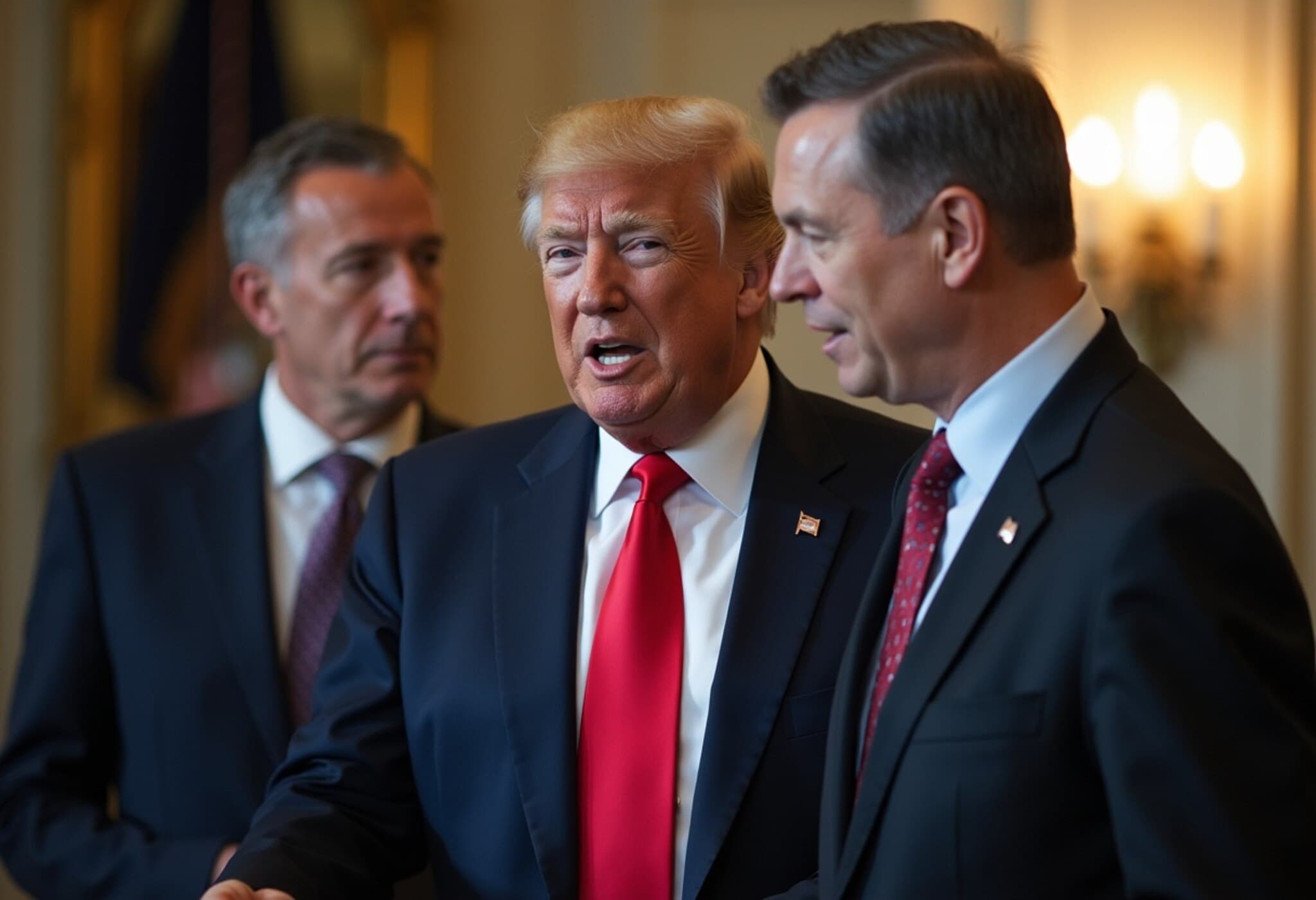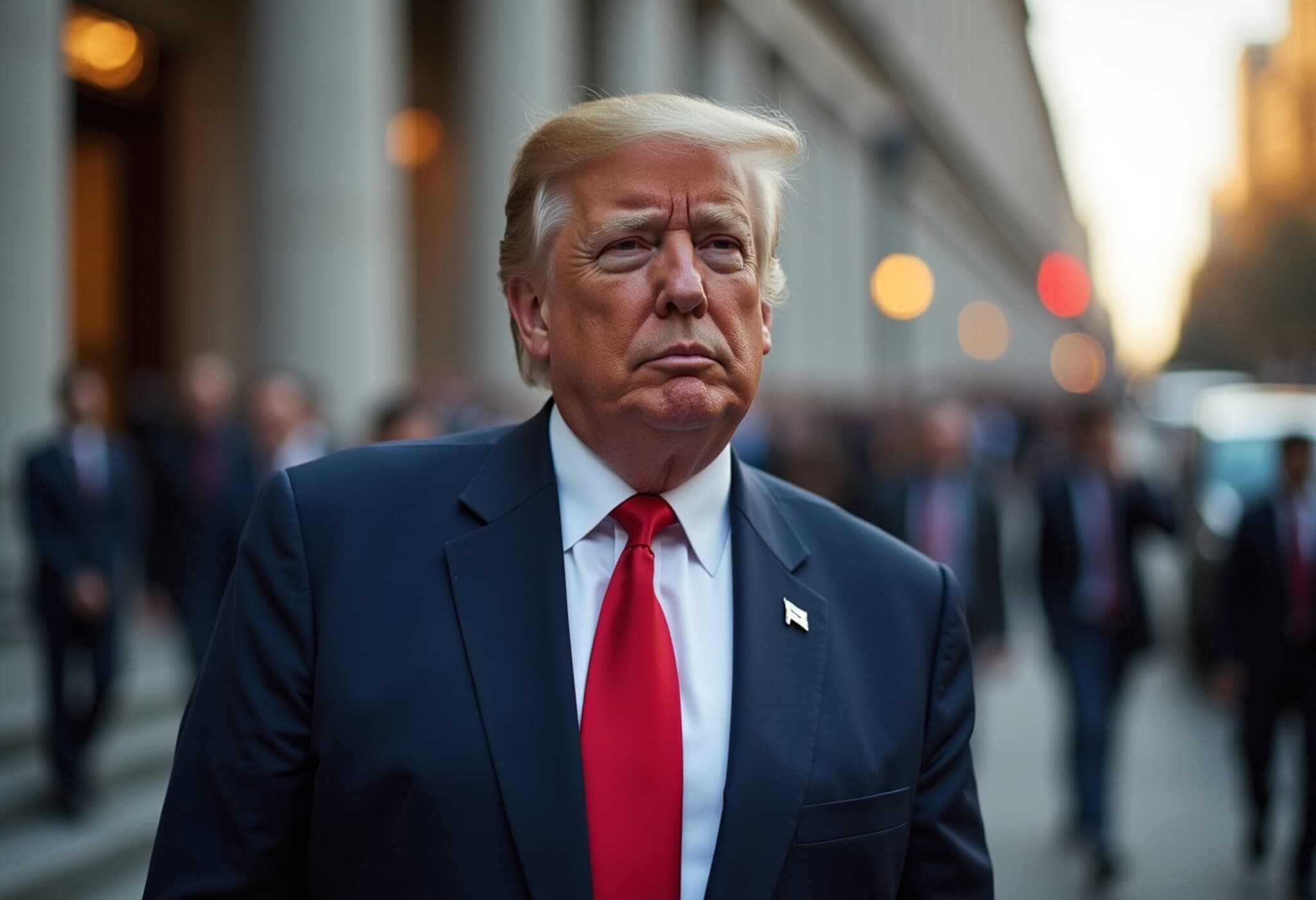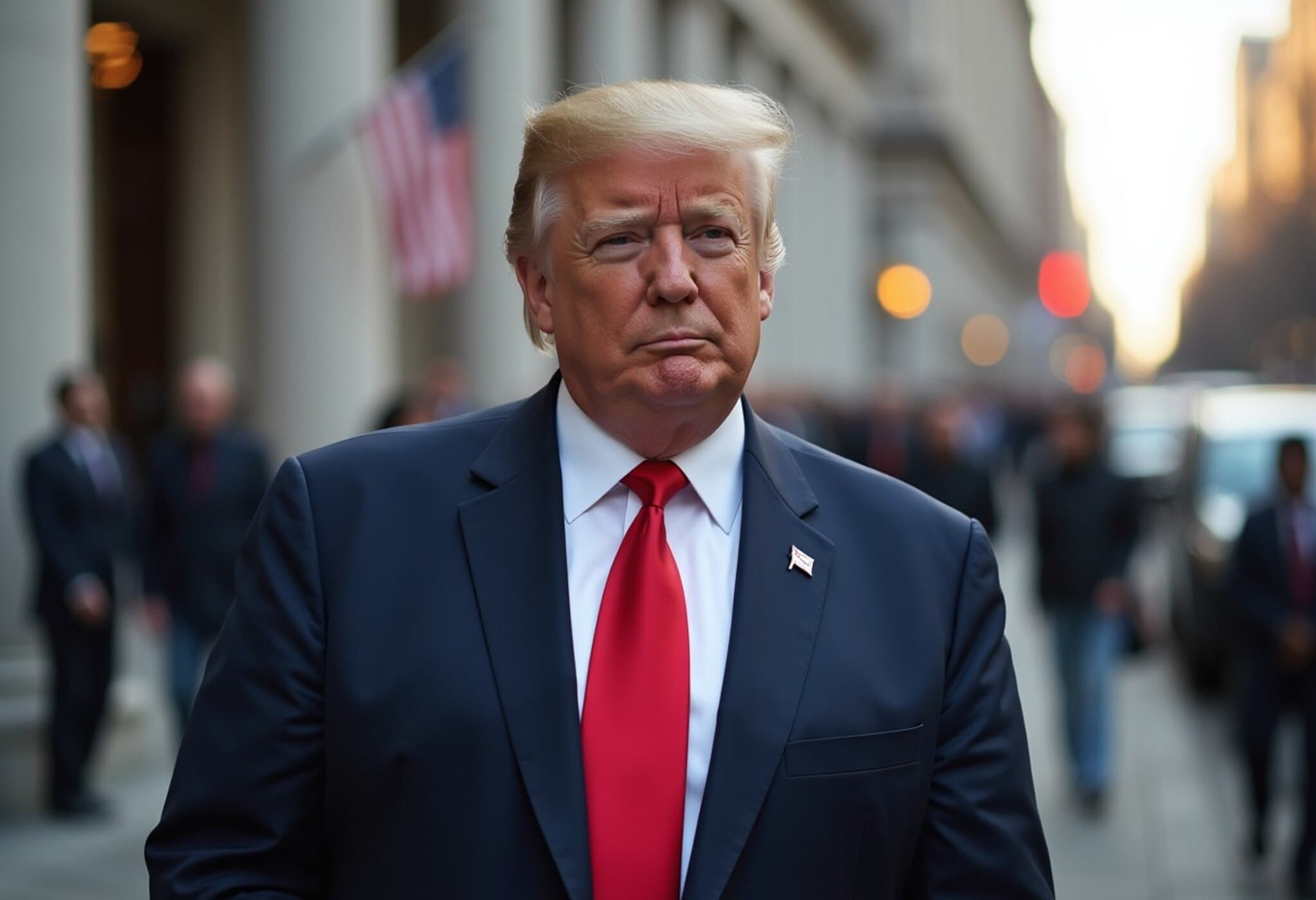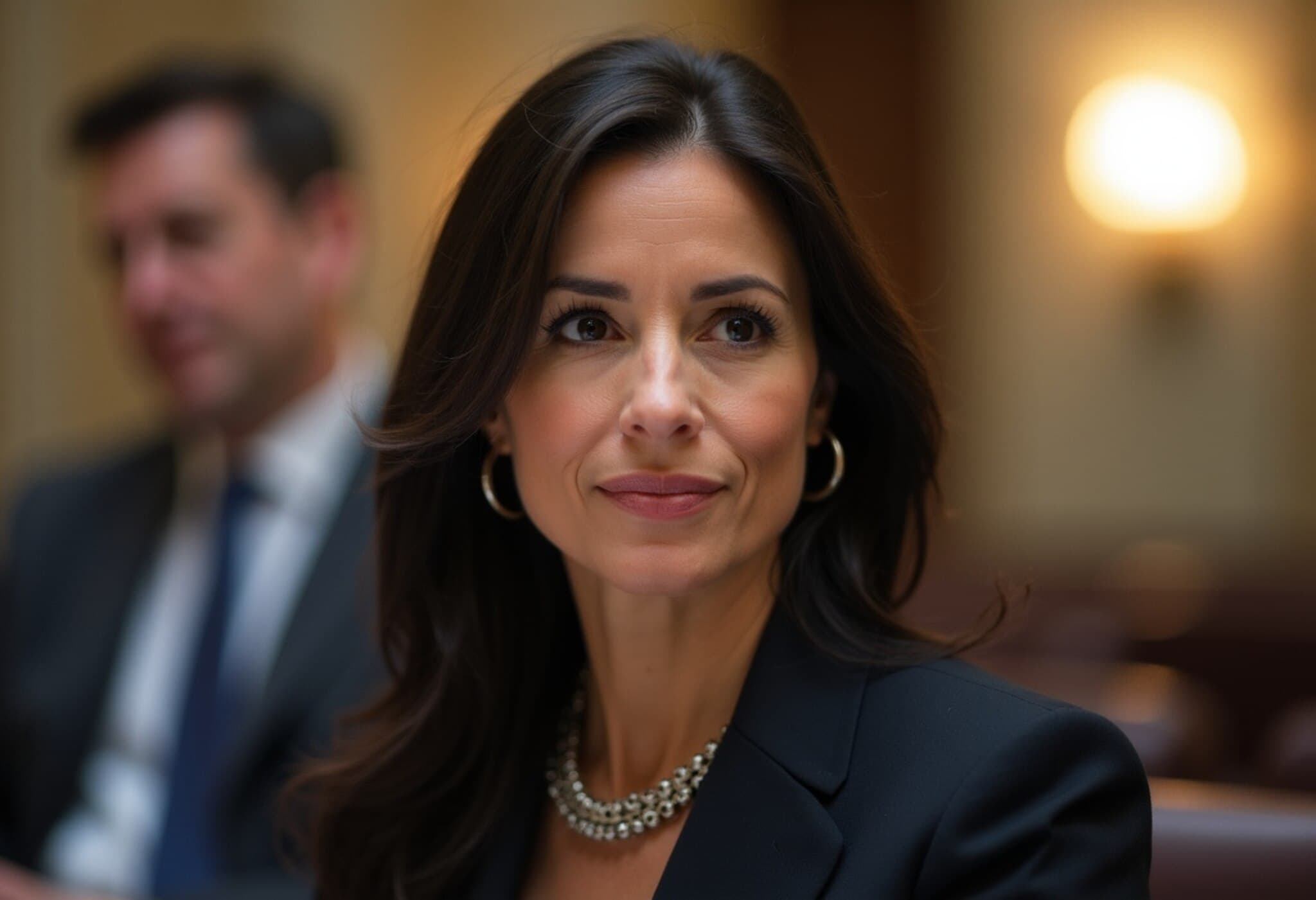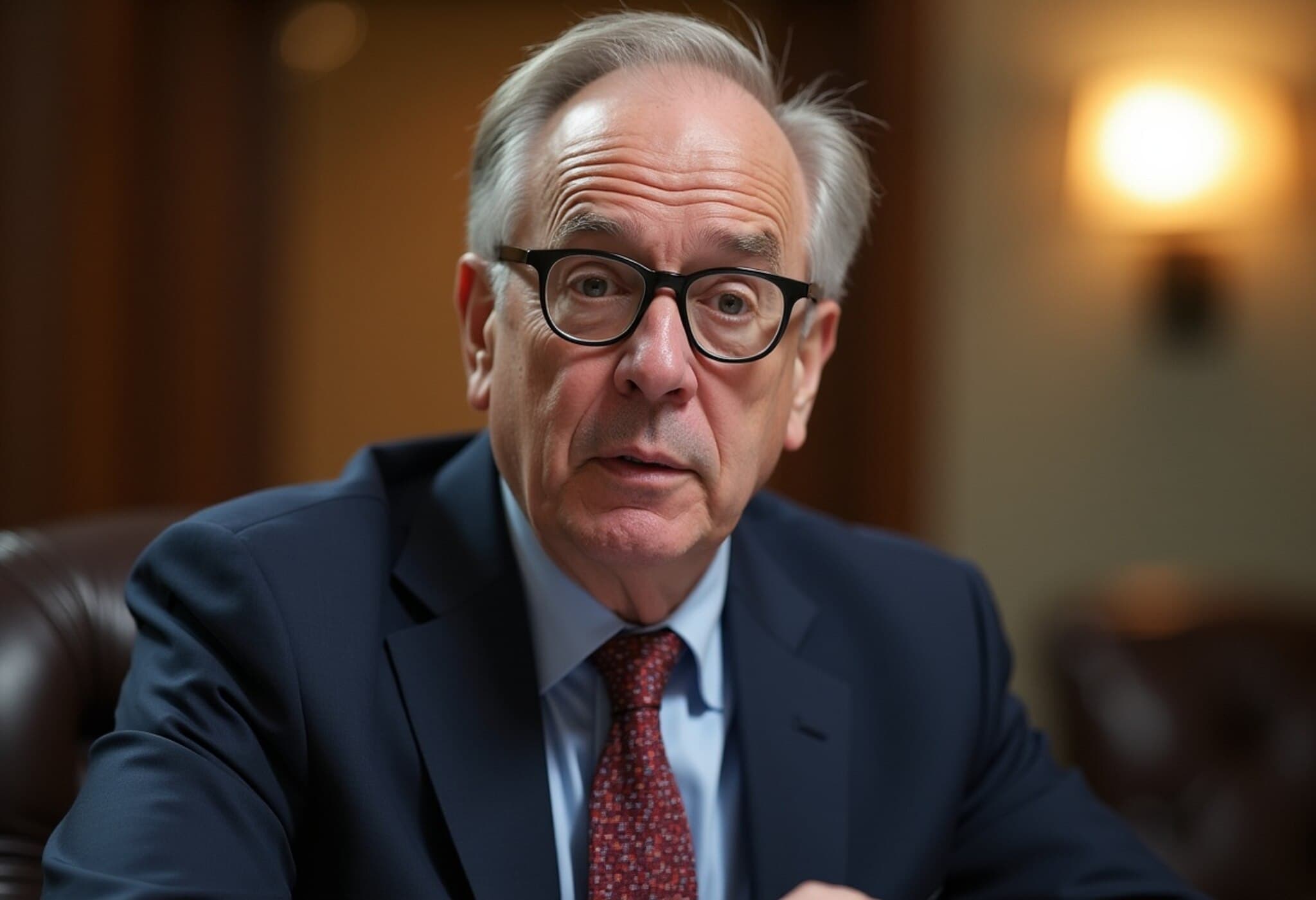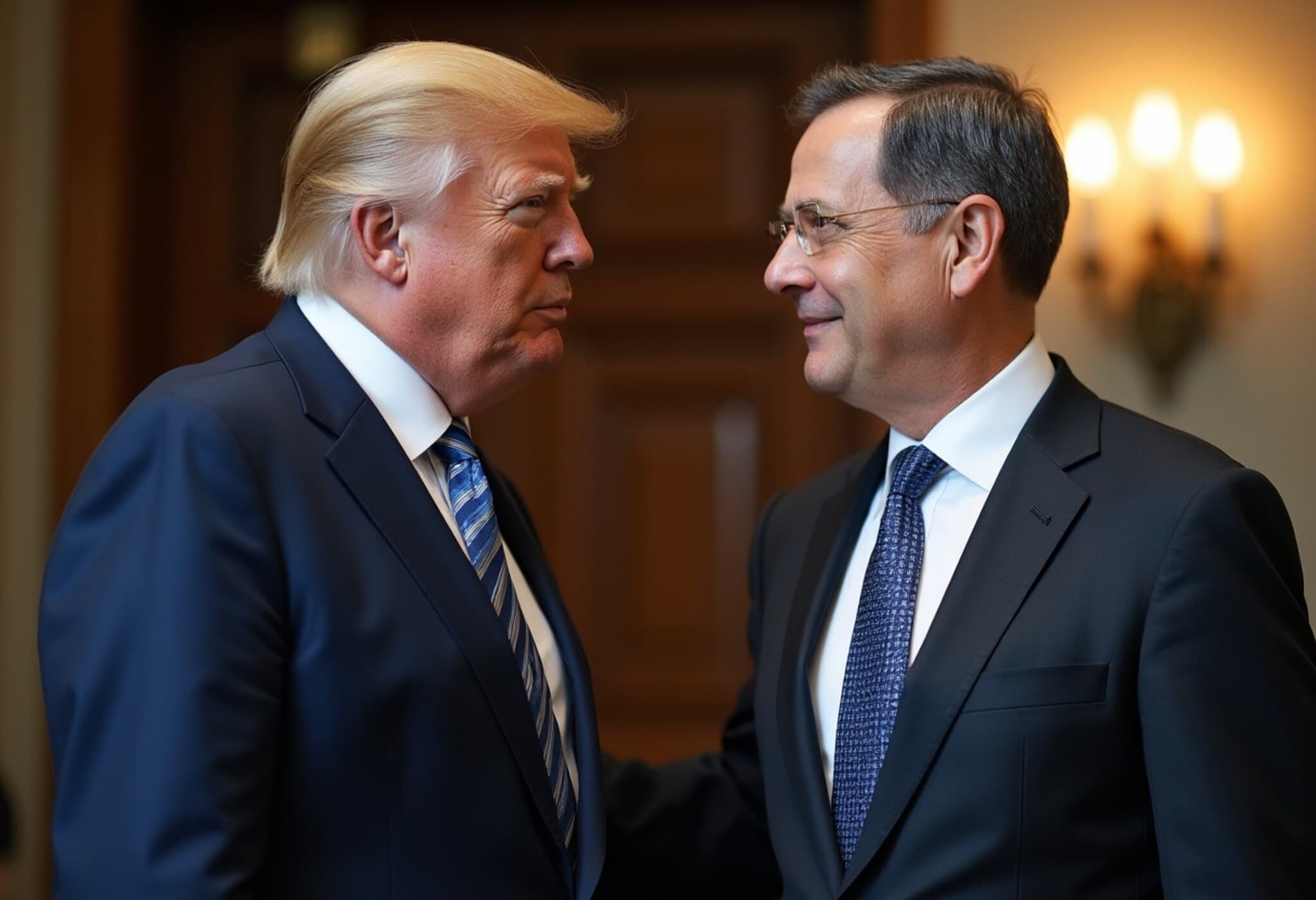Trump Renewed Pressure on Fed Chair Jerome Powell Over Interest Rates and Renovation Costs
On August 12, 2025, former U.S. President Donald Trump once again voiced his urgent call for the Federal Reserve to reduce interest rates, while sharply criticizing Fed Chair Jerome Powell for a controversial $3 billion renovation project at the central bank’s headquarters in Washington, D.C.
Trump’s Accusation: A $3 Billion Renovation vs. $50 Million Expectation
Posting on his social media platform Truth Social, Trump labeled Powell “Jerome ‘Too Late’ Powell” and demanded an immediate interest rate cut, asserting that the U.S. economy remains robust despite what he described as the Fed’s “complacency.”
Trump’s main gripe centered on what he claims to be a gross mismanagement of the Federal Reserve building renovations, which he alleges ballooned to $3 billion—an amount he sharply contrasted with his estimate of a $50 million refurbishment that he deemed appropriate. “Not good!” he wrote emphatically.
Fed’s Response and Contextual Overview
Family of experts and officials have declined to comment directly on Trump’s statements, although previous defenses of the renovation project cite rising costs driven by necessary updates and delays.
During Trump’s recent visit to the site, Powell responded to the renovation cost claims by stating, “I haven’t heard that from anybody,” according to NBC News, signaling a discrepancy in the public narrative surrounding the project.
The Broader Economic Tug-of-War: Interest Rates and Market Reactions
Trump has persistently pushed for aggressive rate cuts, arguing that they will ease debt pressures and propel economic growth. After the Federal Reserve’s rate hikes in 2022 in response to inflation and pandemic-related turmoil, the central bank began lowering rates in 2024, the final full year of Trump’s administration.
However, interest rates have remained steady so far in 2025, despite growing market speculation about upcoming cuts. Fed officials have signaled the possibility of two rate reductions this year, with traders currently pricing in a quarter-point cut at the Federal Open Market Committee’s September meeting and further reductions expected before year-end.
Notably, Powell recently told Congress that the Fed’s monetary policy might have been more accommodative without the complications arising from Trump’s tariff policies.
What This Means for the U.S. Economy and Policy Landscape
- Fiscal Discipline vs. Political Pressure: The Federal Reserve’s independence is crucial for stabilizing the economy, yet Trump’s public rebuke highlights the political tensions surrounding monetary policy.
- Renovation Costs Scrutiny: The sharp discrepancy in renovation cost estimates calls for transparent accounting to assure taxpayers their money is well spent.
- Market Sensitivities: Investors remain vigilant as rate decisions impact borrowing costs, consumer spending, and inflation outlooks.
Questions for the Public and Policymakers
Amid these developments, several critical questions emerge:
- What mechanisms are in place to ensure fiscal accountability in large government infrastructure projects like the Federal Reserve renovation?
- How will the Fed balance economic growth with inflation control under increasing political scrutiny?
- What role should public discourse play in informing, not pressuring, Federal Reserve policy decisions?
Editor’s Note
Trump’s recent statements underscore the enduring friction between political leadership and independent monetary institutions. While his critiques of rate policy and renovation expenditures tap into broader frustrations about economic management and government spending, the Federal Reserve faces the delicate task of maintaining credibility and autonomy amid these pressures. The unfolding debate prompts us to consider the complex interplay between governance, fiscal responsibility, and economic stewardship in one of the world’s leading economies.

